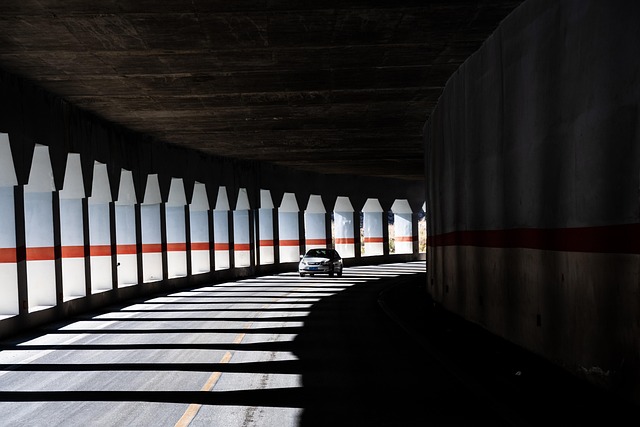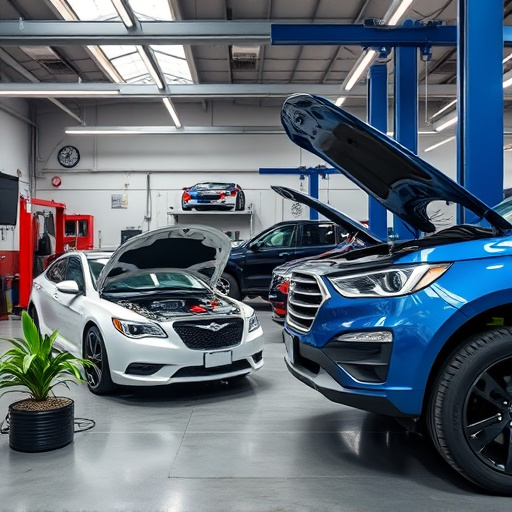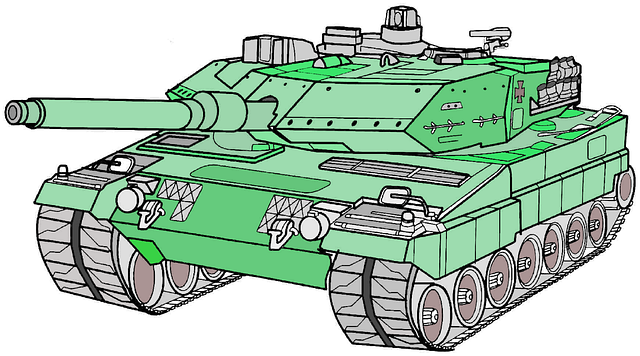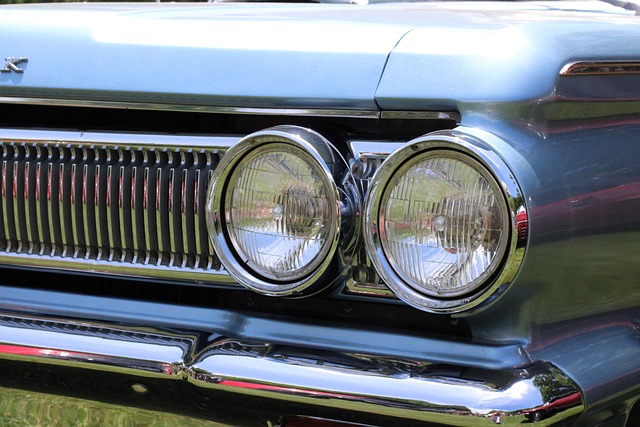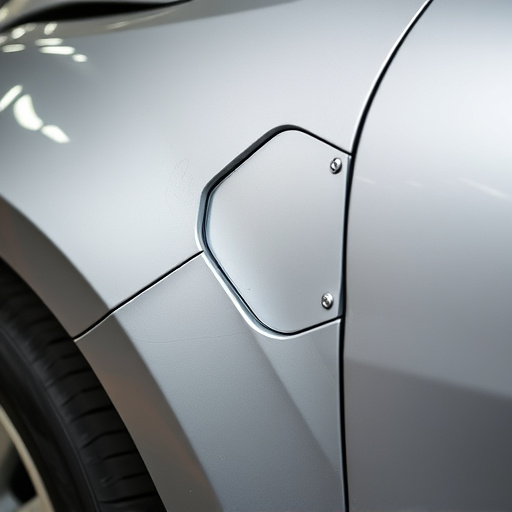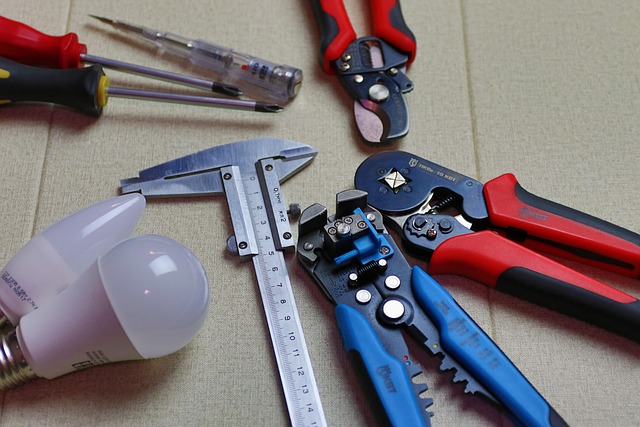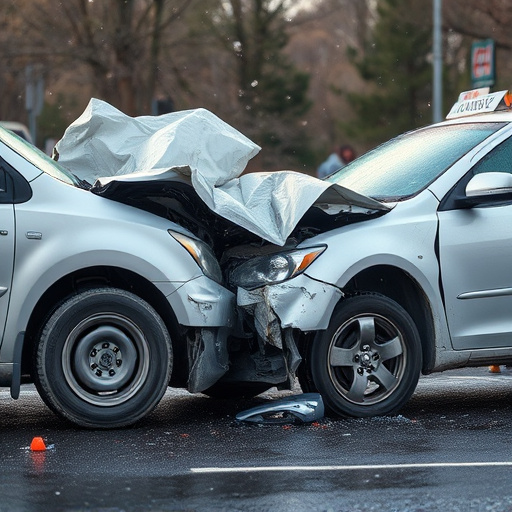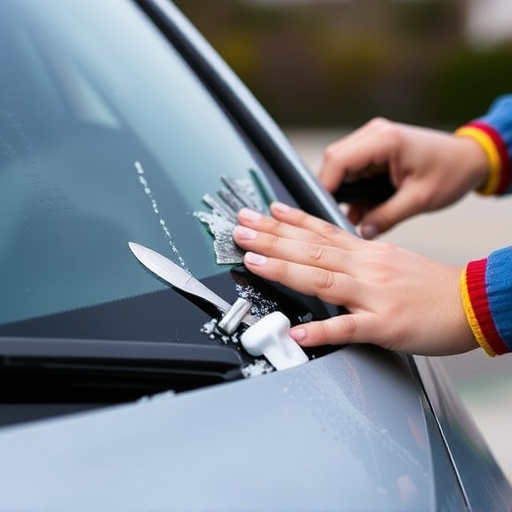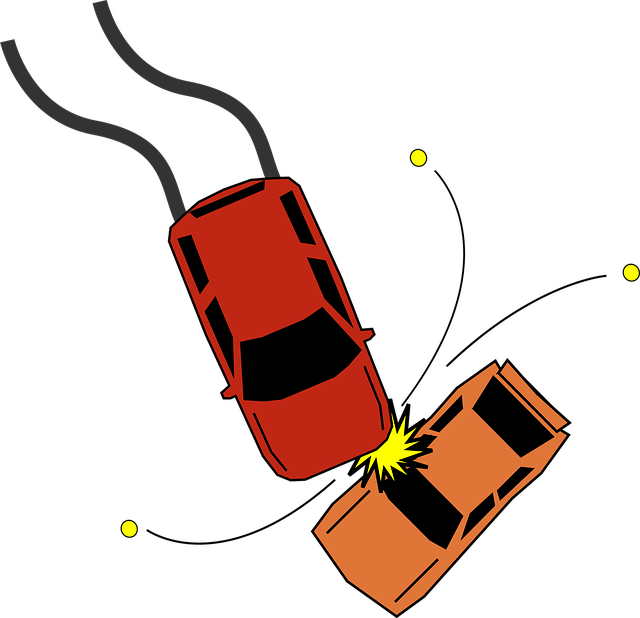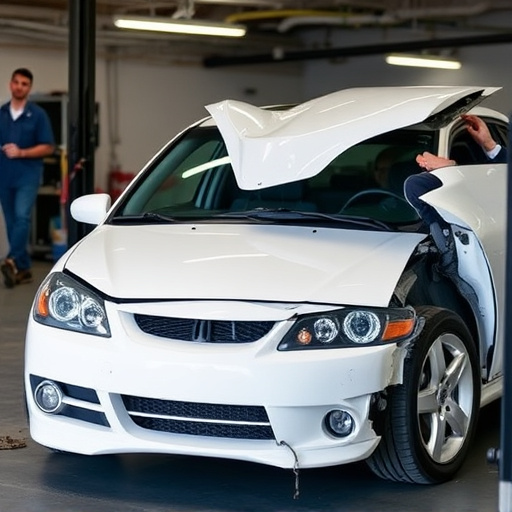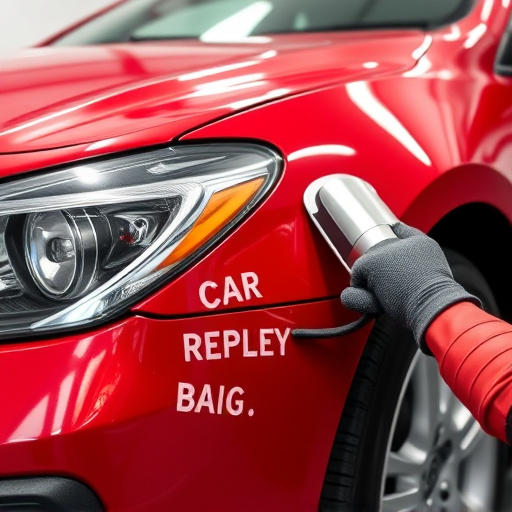Computerized frame measurement is a game-changer in automotive repair, construction, and renovation. It automates precise data capture using advanced technologies like 3D laser scanning and CAD software, replacing manual methods with enhanced speed, accuracy, and error reduction. This innovation is especially beneficial for critical tasks such as auto glass repair, collision center assessments, and ensuring structural integrity of vehicles, ultimately streamlining processes and improving overall quality.
In today’s construction landscape, the debate between Computerized Frame Measurement and traditional manual methods rages on. While manual techniques, reliant on tape measures and levels, have long been the industry standard, digital solutions like laser measurers and total stations are emerging as powerful game-changers. This article delves into these contrasting approaches, exploring their definitions, tools, advantages, limitations, and real-world applications to help professionals choose the best method for their projects.
- Understanding Traditional Manual Frame Measurement
- – Definition and process of manual frame measurement
- – Tools and techniques used (e.g., tape measures, levels, squares)
Understanding Traditional Manual Frame Measurement

In the realm of automotive repair and restoration, frame measurement is a critical process that forms the very foundation for ensuring structural integrity. Traditionally, this task has been accomplished through manual methods, relying on skilled technicians with precise tools. These methods involve meticulously measuring key dimensions of a vehicle’s frame using tape measures, calipers, and angle gauges. Each measurement is taken with utmost care to identify even the slightest deviations or signs of damage. This process is particularly crucial in car bodywork services, as it helps detect issues that might be hidden beneath the surface, such as corrosion or previous repair work.
For instance, in a collision center, manual frame inspection includes checking for alignment, angle, and overall straightness of the chassis. Technicians will measure the distance between specific points on the frame, comparing these to factory specifications. This meticulous approach is essential when dealing with auto glass repair as well, ensuring that the vehicle’s structure can support the weight and installation of new glass panels without compromising safety or stability. While precise, manual methods are time-consuming and prone to human error, which has led many professionals to embrace computerized frame measurement as a more efficient and accurate alternative.
– Definition and process of manual frame measurement

Manual frame measurement is a traditional method employed by professionals in auto collision centers and vehicle bodyshops to assess and record damage to a vehicle’s framework. This process involves a skilled technician meticulously examining each component of the vehicle’s body, including frames, panels, and structural elements, using various tools like measuring tapes, calipers, and angle gauges. Technicians take precise measurements, noting any deformations, misalignments, or discrepancies in dimensions. Each measurement is recorded manually, often on detailed forms or sketches, to create a comprehensive report of the vehicle’s condition before repair. This manual approach requires significant time and expertise, making it crucial for ensuring accurate assessments during vehicle body repair.
Compared to this labor-intensive process, computerized frame measurement offers a revolutionary alternative. Advanced technologies, such as 3D laser scanning and computer-aided design (CAD) software, enable automated data capture and analysis of the vehicle’s bodywork. This digital method provides fast, accurate measurements, identifying even subtle damage that might be missed manually. In an auto collision center, computerized frame measurement streamlines the initial assessment phase, facilitating efficient vehicle body repair processes.
– Tools and techniques used (e.g., tape measures, levels, squares)

In the realm of construction and renovation, accurate measurements are paramount. Traditional manual methods have long relied on tools such as tape measures, levels, and squares to ensure precision. These straightforward yet effective instruments allow for hand-measured dimensions, ensuring walls, frames, and structures align perfectly. Craftspeople use these techniques for everything from hanging artwork to building custom furniture, catering to diverse needs in the home or workplace.
Computerized frame measurement, however, represents a significant evolution in this space. Advanced tools like digital measuring devices and laser scanners offer unparalleled precision, streamlining processes previously reliant on meticulous manual labor. This modern approach is particularly valuable in industries like car paint services, auto glass repair, and collision repair centers, where exact specifications are crucial for safety and quality. By adopting computerized frame measurement, these sectors enhance efficiency, reduce errors, and ensure every component aligns seamlessly.
In the construction industry, accurate frame measurement is paramount for successful projects. While traditional manual methods have long been the standard, employing tools like tape measures and levels, the advent of computerized frame measurement offers a significant advantage. This modern approach streamlines the process, enhances accuracy, and saves time, making it an efficient solution for today’s fast-paced building landscape. By embracing computerized technology, contractors can ensure precise structural assessments, leading to better project outcomes and client satisfaction.


